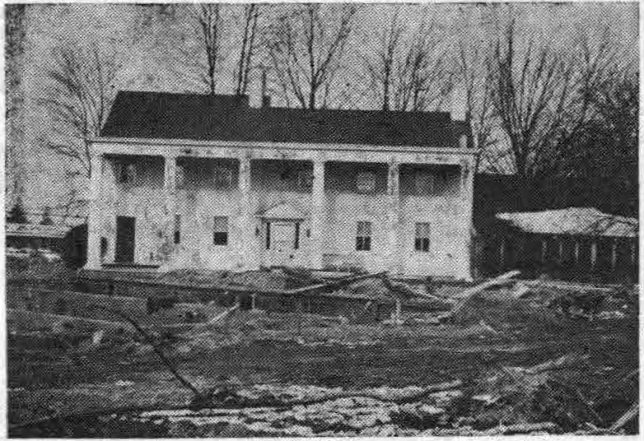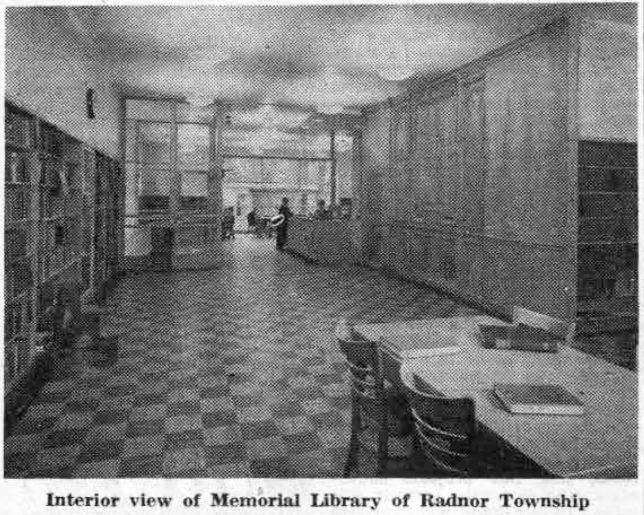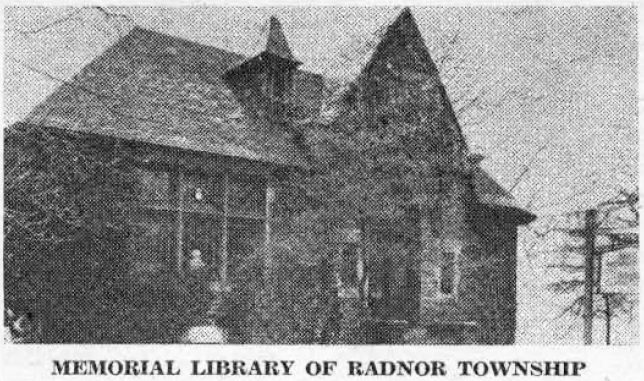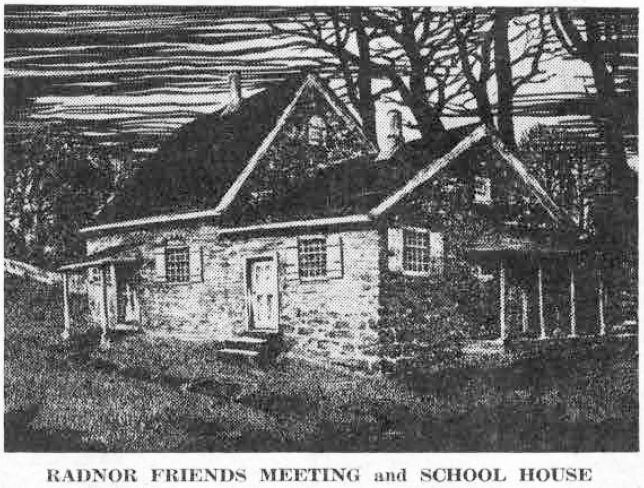
At a recent meeting of the Board of the Radnor Historical Society, your columnist listened to plans made by a neighboring historical society for the presevation of landmarks in its area. This area is one so close to that of our own community that it would seem to be almost as much our concern. With the thought of aiding the splendid work now being undertaken by the King of Prussia Historical Society, of which Dr. Robert D. May is president, the writer is devoting several issues of this column to the story of what this group is undertaking in Valley Forge Park area. The material prepared by the society is all the more interesting, in that it includes pictures of several old houses well known to many readers of this column.
In presenting its tentative plans to the Radnor Historical Society and similar groups in this general locality, the King of Prussia Historical Society states in the introduction of its comprehensive brochure:
“Surrounding Valley Forge Park is an area rich in early American history. Many of the original buildings that quartered American and British troops are still standing. Because of the rapid growth of the communities in this area, many are slated for early destruction to make way for factories and sub-divisions. Some have been abandoned because of the proximity of the Pennsylvania Turnpike and the Schuylkill Expressway link through this historic area.
“While the history of all of these buildings is not known at the present moment, some have yielded a rich return in information as to their ancient uses. One, indeed, was used as the Paymaster General’s headquarters for the troops stationed at Valley Forge during the Revolutionary War. Some were headquarters for Washington’s officers during the war, while others served as quarters for various American and British forces during the winter at Valley Forge. Fortunately some of these buildings are in locations suitable to serve as residences for private citizens and are therefore well protected at the moment. Some are not so fortunate and are in danger of being sacrificed in the name of progress.”
Since the King of Prussia Historical Society, new as it is on the roster of nearby local organizations of its kind, believes that “we can all learn for the future by a study of our past heritage,” they are carrying out definite plans for that future. These include a survey of buildings in the general area of Valley Forge, the photographing of these buildings and the making of architectural measurements and drawings. This is being done by a survey crew working in the evenings and on weekends. And since rapid expansion in the Upper Merion area “threatens everything old,” plans are also being made to catalogue and evaluate buildings in respect to their historic importance. This will help the order in which efforts for future preservation of such buildings should be made.
(To be continued)



